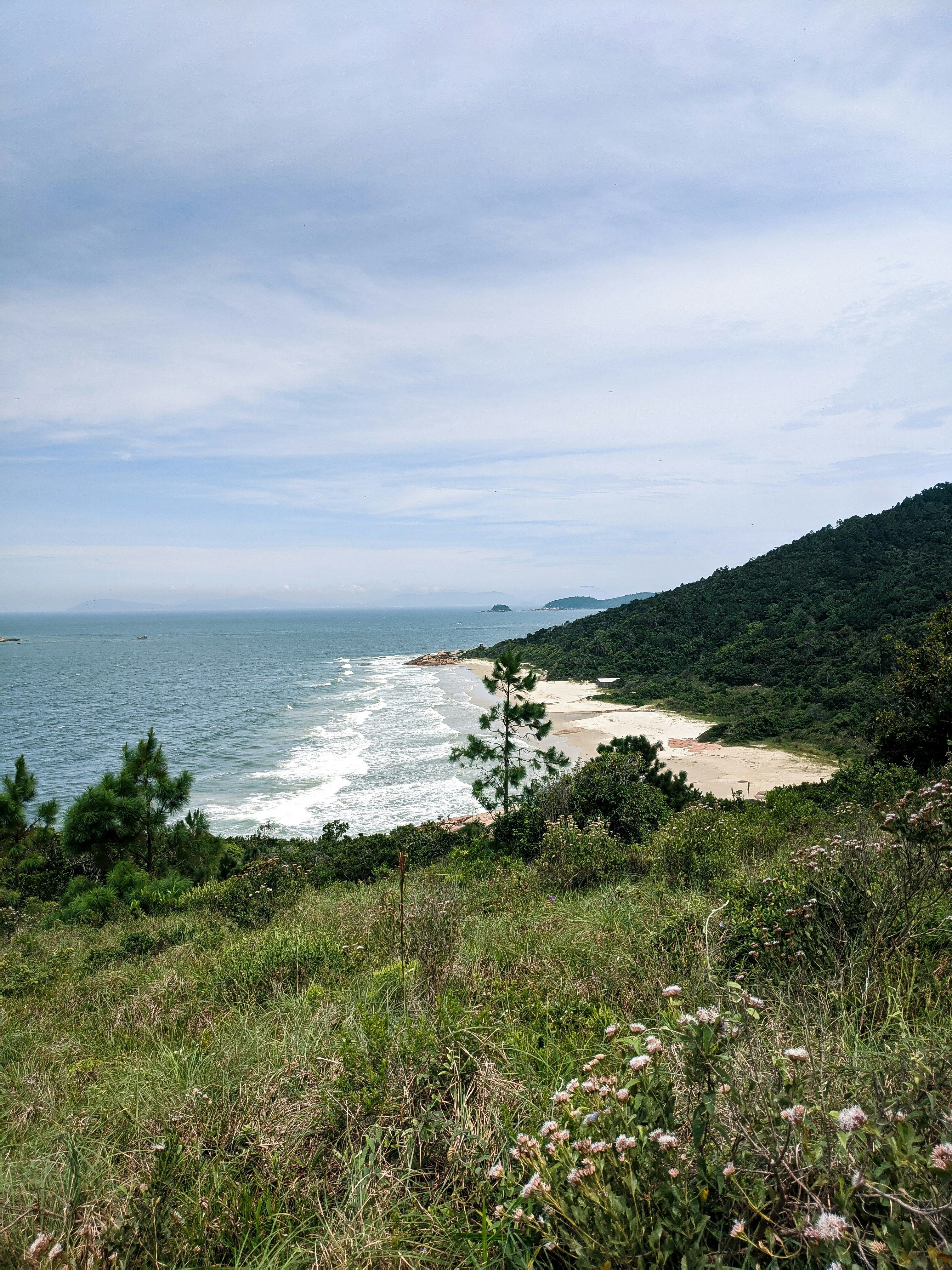Anticipated Near Doubling of Real Wages by 2028 as Performed by the Ministry of Economic Development's Salary Projections.
Russian Wages on the Up: Bye-Bye 2025, Hello 132,940 Rubles! 💰🇷🇺
Get ready, Russia! According to a forecast by the Ministry of Economic Development, your nominal wages (post-tax, including bonuses and supplements) are set to soar over the next few years. fasten your seatbelts as we dive into the details!
In 2024, nominal wages already saw an impressive 18.3% increase, hitting 87,952 rubles. But the best is yet to come! Over the period of 2025-2028, wages are predicted to skyrocket by 51.15%, reaching 132,940 rubles in 2028.
Here's the breakdown:
- 2025: 102,728 rubles (plus 16.8% year-on-year)
- 2026: 114,420 rubles ( approx. 11.4% year-on-year)
- 2027: 123,880 rubles (approximately 8.3% year-on-year)
- 2028: 132,940 rubles (approximately 7.3% year-on-year)
But, hold on a sec, don’t pop the champagne just yet! The increases in real wages (factoring in inflation) will be more modest, with growth rates of 6.8% in 2025, 5.7% in 2026, 4.1% in 2027, and 3.2% in 2028.
Now, for some fine print! In the conservative variant of the forecast, nominal wages will grow to 111,179 rubles in 2026, 119,061 rubles in 2027, and 127,423 rubles in 2028, representing a slightly less impressive but still significant increase. This conservative scenario assumes an escalation of trade wars and a significant slowdown in the world economy, with a decrease in prices and demand for traditional Russian exports.
The previous forecast from September projected an average wage of 119,296 rubles by 2027. The Ministry of Economic Development now expects the working-age population to expand from 76.2 million in 2025 to 76.5 million in 2028, with an unemployment rate of 2.5% throughout the forecast period. The total number of unemployed citizens won't surpass 1.9 million annually.
Now, what about the pace of labor productivity growth? It will slow down slightly, from 3.5% in 2024 to 2.3% in 2025 and 2.2% in 2026, with a recovery to 2.8% in 2027 and 2.9% in 2028. Real disposable incomes are projected to grow by 5.9% in 2025 after a whopping 7.3% in 2024, followed by 4.6% in 2026, 3.4% in 2027, and 3% in 2028.
So, what's causing the predicted slowdown in wage growth? Several factors are at play, including labor market dynamics, productivity growth, economic forecasts, industry reallocation, and global economic trends. Changes in government policies and regulations could also make a difference.
Experts surveyed by a local newspaper suggest that wage increases will remain a key tool for enterprise personnel policies, but the rate of wage growth will gradually decelerate due to dwindling working capital at enterprises and limiting consumer demand resulting from savings behavior. 93% of Russian enterprises increased employee salaries in 2024, but only 75% plan to hike wages in 2025.
Stay tuned for more updates on this exciting wage trajectory! 🎫💰🚀 Lemme remind ya, mate, we're just keeping it real here, no sugarcoating!
Insight Into the Wage Predictions
Several factors are likely to influence the predicted slowdown in the pace of wage growth for Russian enterprises between 2025 and 2028:
- Labor Market Dynamics: The Russian labor market remains tight with low unemployment rates, but there is a gradual decline in labor shortages across regions. This tightness could initially support wage growth, but as labor shortages decrease, wage pressures may ease.
- Productivity Growth: Wage increases have been outpacing labor productivity growth, which may not be sustainable over time. As companies focus on aligning wages more closely with productivity gains, wage growth could moderate.
- Economic Forecasts: The economic outlook for Russia suggests varying degrees of growth, with forecasts ranging from 1.6% to 2.5% for 2025. These moderate growth rates might lead companies to adopt more conservative wage policies to maintain profitability.
- Industry Reallocation: There is a reallocation of employees across industries, which could affect labor demand and, consequently, wage growth. Industries with decreasing demand might reduce wage increases or hiring.
- Global Economic Trends: Global economic conditions, such as slower growth and rising trade tensions, could impact Russian enterprises through reduced international trade and increased uncertainty. This might lead to more cautious wage decisions.
- Government Policies and Regulations: Changes in government policies or regulations could influence wage growth by affecting labor costs and business confidence. For instance, policies aimed at economic stabilization might impact wage setting practices.
The predicted rise in nominal wages in Russia over the next few years presents an opportunity for significant growth in the business and finance sectors. By 2028, nominal wages are expected to reach 132,940 rubles, marking a 51.15% increase from the 2024 figure. Furthermore, the conservative variant of the forecast still predicts nominal wages to grow to 127,423 rubles in 2028, demonstrating a significant increase in earnings potential for the Russian workforce.






